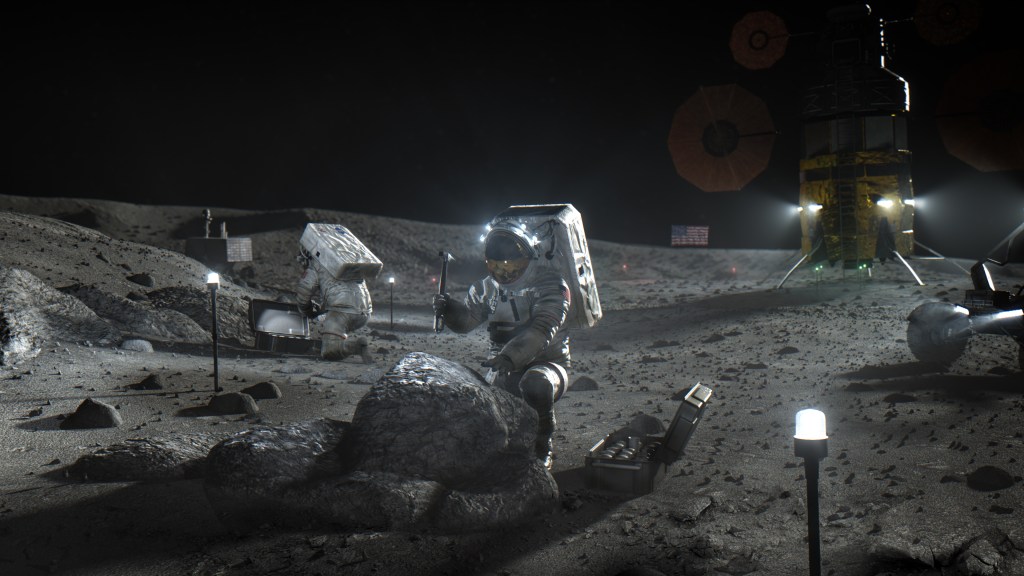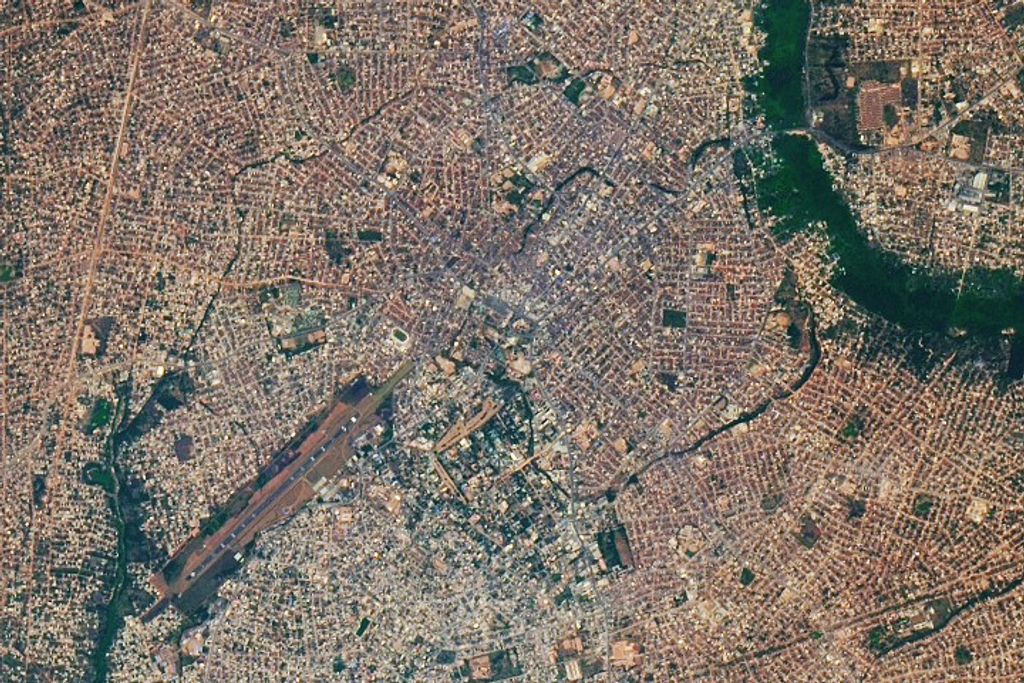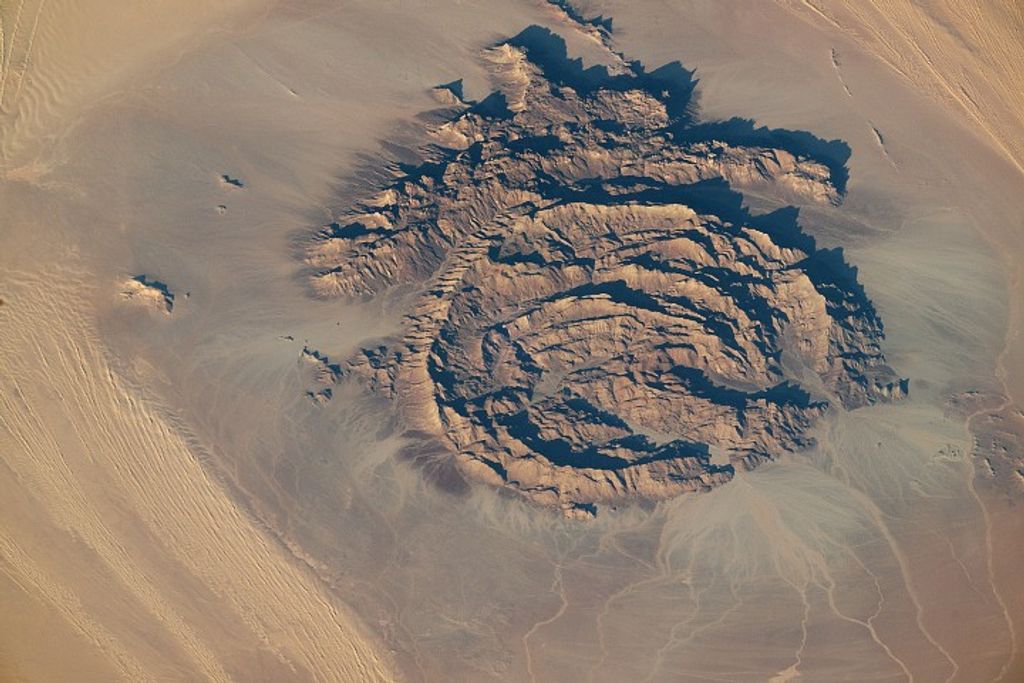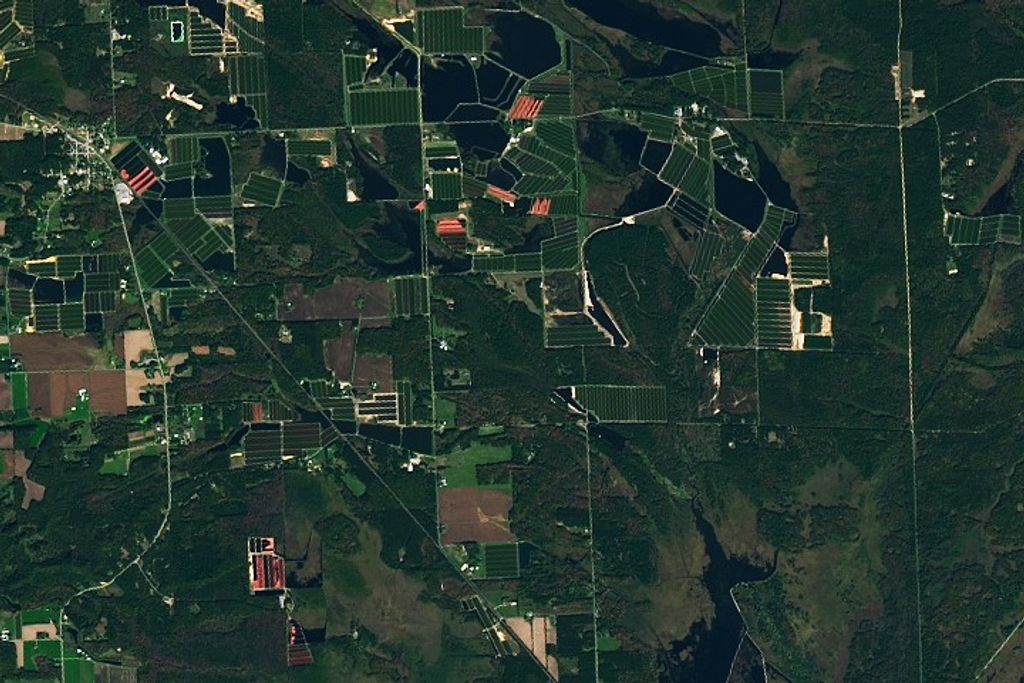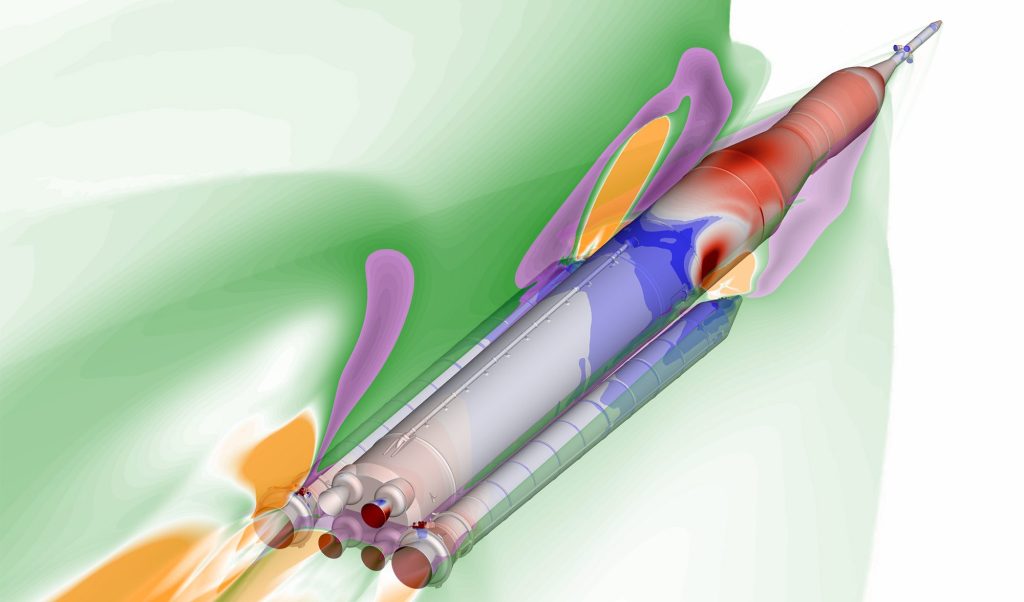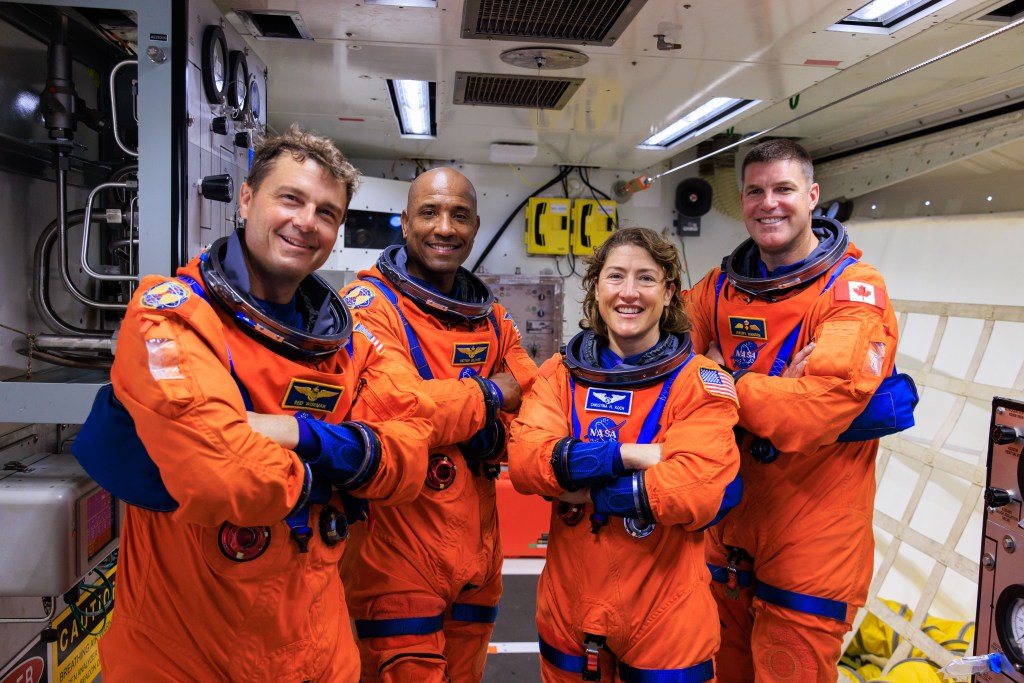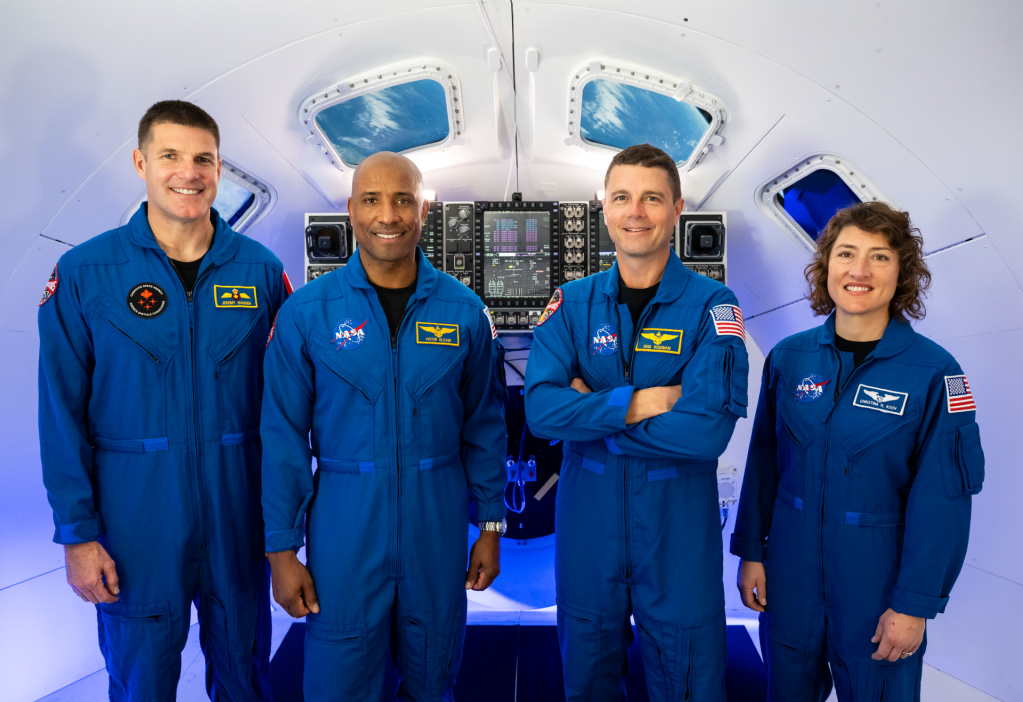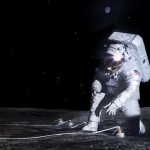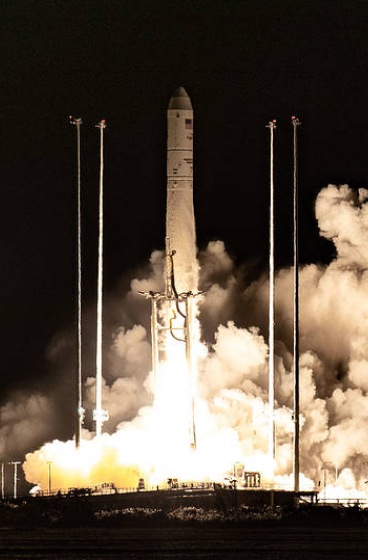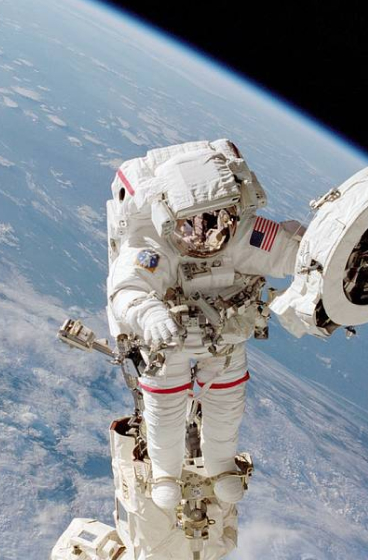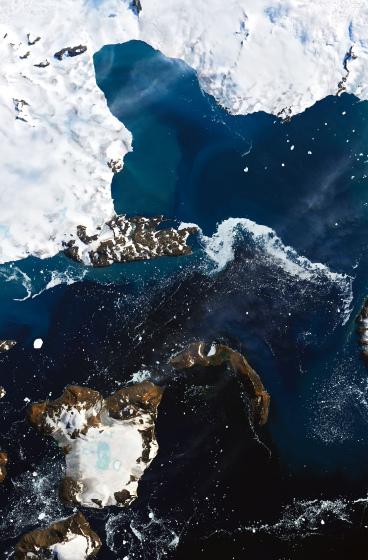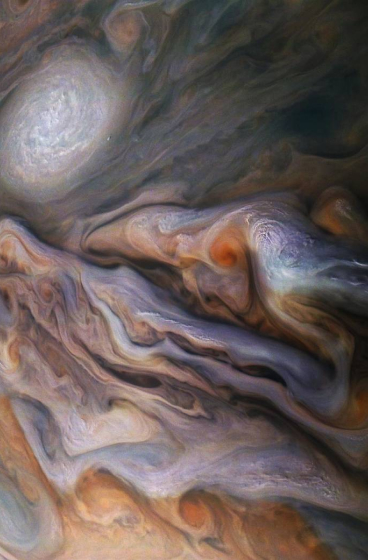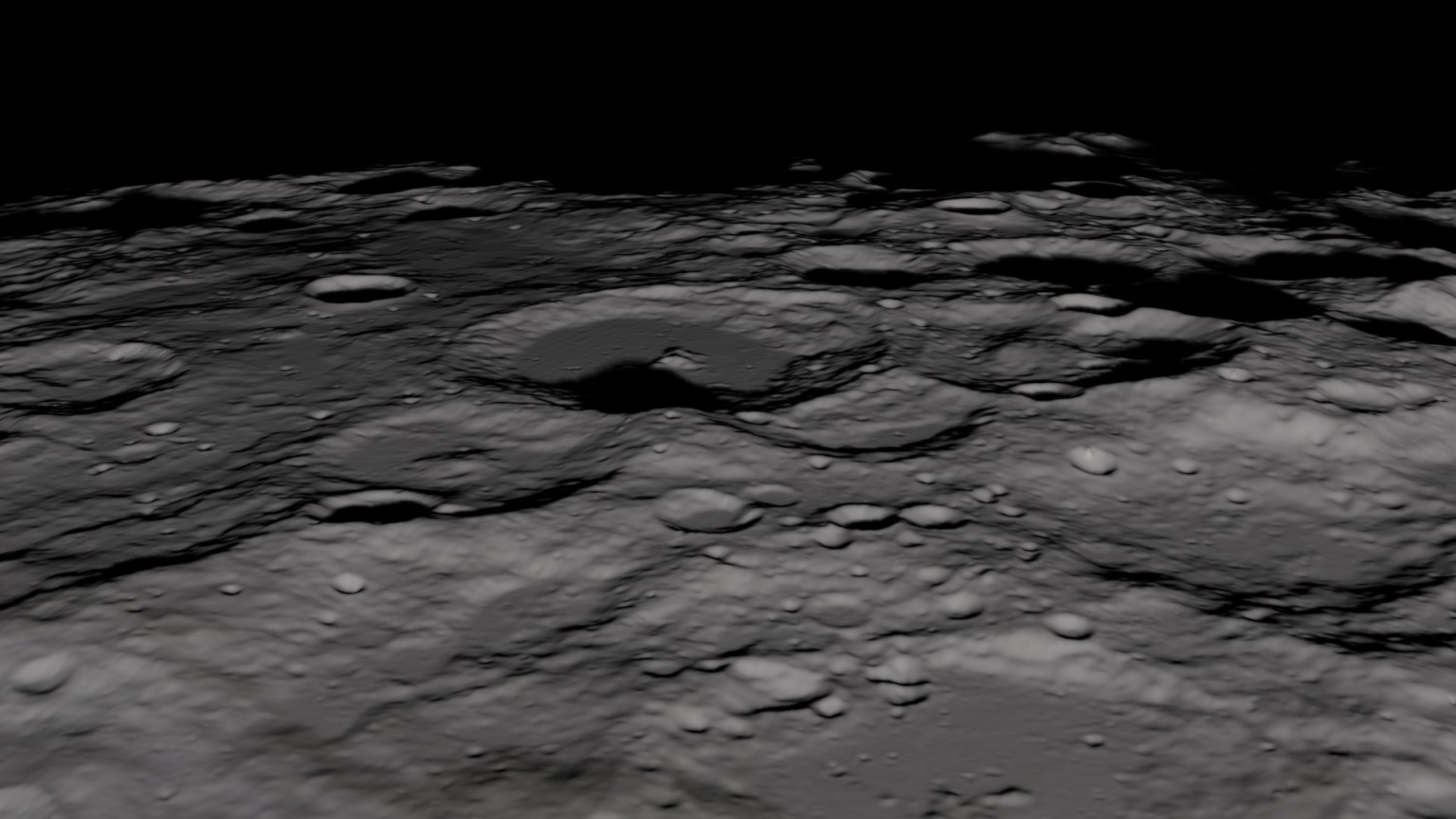
Artemis Science
Through Artemis, NASA will address high priority science questions, focusing on those that are best accomplished by on-site human explorers on and around the Moon and Mars by using robotic surface and orbiting systems.
A Time Capsule
The Moon is a 4.5-billion-year-old time capsule, pristinely preserved by the cold vacuum of space. It is a witness to billions of years of solar activity and large collisions that allowed life to gain a foothold in the solar system.
The Moon holds clues to the evolution of Earth, the planets, the Sun, and even cosmic rays from across the galaxy.
The lunar South Pole is home to some of the oldest parts of the Moon, estimated to be 3.85 million years or older, and includes the margins of the largest and oldest impact basin in the solar system, South-Pole Aitken Basin.
Artemis II Science
The Artemis II mission will carry astronauts farther from Earth and closer to the Moon than any human has been in over half a century. From this unique vantage point and environment, the Artemis II crew will work with scientists on Earth to facilitate science investigations to inform future human spaceflight missions.
Learn More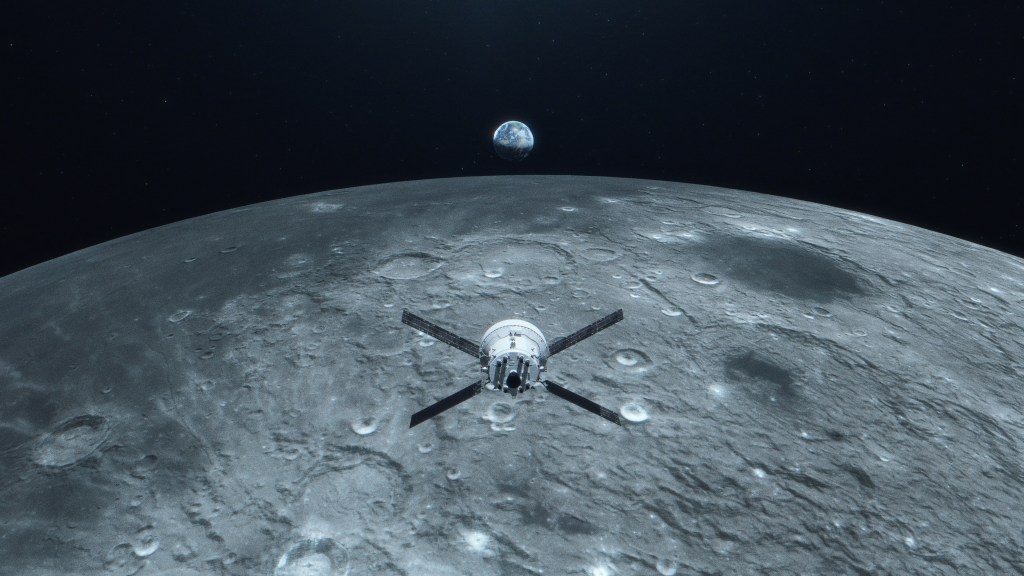
Artemis III Science
Humanity's return to the lunar surface will enable investigation into the lunar environment, the lunar interior, and how to sustain a long-duration human presence on the Moon. Field geology, sample collection and return, and deployed experiments all are part of the necessary mix of work to advance scientific discovery at the Moon.
Learn More